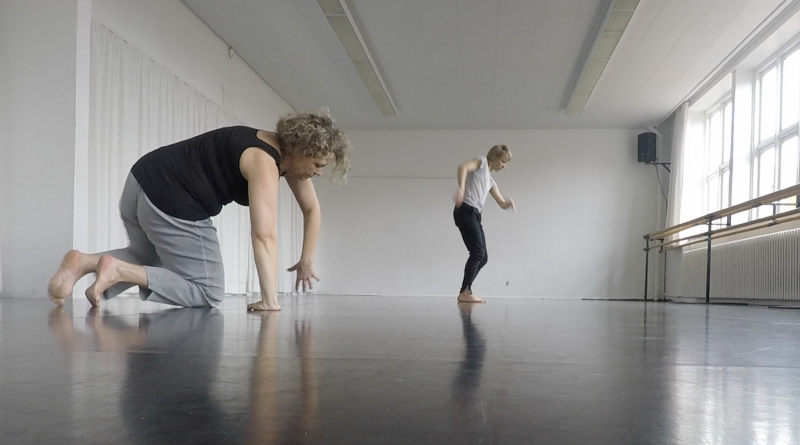Extended Practice — Blood work, part 2: Flow
By Mette Terp Høybye and Marie Hallager Andersen
This Audio File is the second of three that focus on blood. In this part we invite you to explore yourself as part of the blood system with a particular attention on blood as a fluid. How can the continuous flow of blood in your entire body connect you with a wider sense of what it means to have flow in your research, your thinking or your writing? This exercise can help you practise your capability for attention, for just being with the flow of your research, and the becoming of your work, without any judgement of what moves you.
Marie’s website:
www.marieHALLAGERandersen.weebly.com
Mette’s University profile:
http://pure.au.dk/portal/en/hoybye@clin.au.dk
Mette Terp Høybye and Marie Hallager Andersen also wrote a blog Working with Head and Blood and two other Extended Practices to the Somatics Toolkit:
Blood work, part 1: Finding your pulse
Further Reading
Bildhauer, B. 2013. Medieval European conceptions of blood: truth and human integrity. J Royal Anth Inst, S57-S76.
Carsten J. 2013. ‘Searching for the truth’: tracing the moral properties of blood in Malaysian clinical pathology labs. J Royal Anth Inst, S130-S148.
Despret, Vinciane. 2004. “The Body We Care for: Figures of Anthropo-Zoo-Genesis.” Body & Society 10 (2–3): 111–34.
Dumit J, O’Connor K, Drum D, McCollough S. 2018. “Improvisation.” Cultural Anthropology Website. https://culanth.org/fieldsights/1349-improvisation .
Dumit J. 2018. “Notes toward Critical Ethnographic Scores: Anthropology and Improvisation Traning in a Breached World.” In Between Matter and Method: Encounters in Anthropology and Art, edited by M Bakke, G; Peterson, 51–72. New York: Bloomsbury.
Hastrup, Kirsten. 1994. “Anthropological Knowledge Incorporated.” In Social Experience and Anthropological Knowledge, edited by Peter Hastrup, Kirsten; Hervik, 224–40. London: Routledge.
Høybye MT. 2013. Healing environments in cancer treatment and care. Relations of space and practice in hematological cancer treatment. Acta Oncologica; 52(2):440-6.
Ingold, Tim. 2017. On human correspondence. Journal of the Royal Anthropological Institute 23: 9-27.
Jackson, Michael D. 1983. “Knowledge of the Body.” Man 18 (2): 327–45.
Latour, Bruno. 2004. “How to Talk About the Body? The Normative Dimension of Science Studies.” Body & Society 10 (2–3): 205–29.
Olsen, Andrea with Caryn McHose. 2014. The Place of Dance. Middletown CT: Wesleyan University Press.
Pfeffer N & Laws S. 2006. ‘It’s only a blood test’: What people know and think about venepuncture and blood. Social Science & Medicine, 62: 3011-3023.
Tufnell, Miranda & Chris Crickmay. 1993. Body Space Image. Alton, England: Dance Books.
Weston K. 2013. Lifeblood, liquidity, and cash tranfusions: beyond metaphor in the cultural study of finance. J Royal Anth Inst, S24-S41.


Comments are closed.